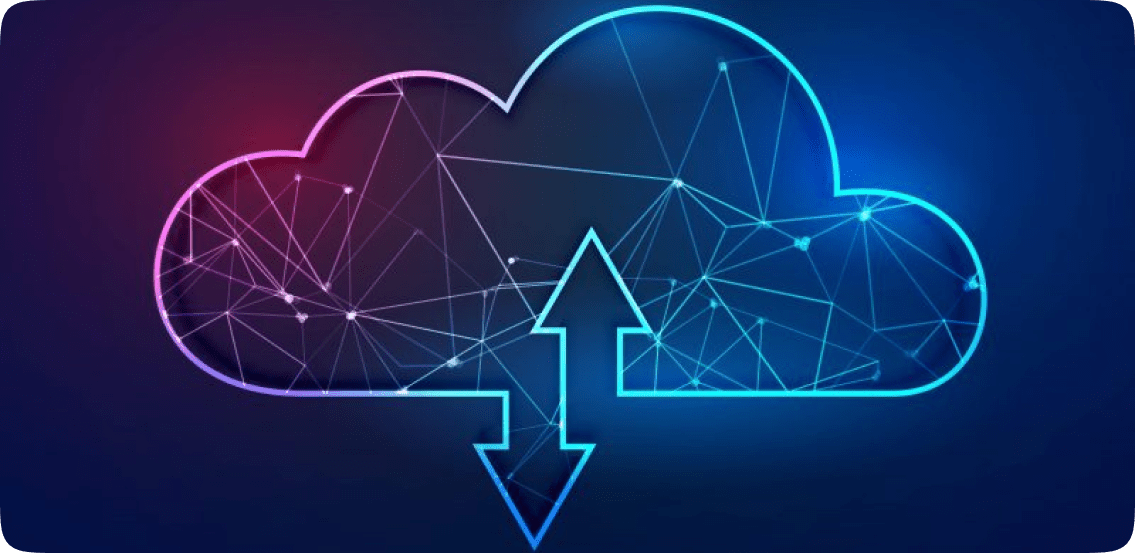
In this contemporary era majority of businesses have tones of information to process, manage and store on day to day basis. In order to do this, they need cloud-based storage which is safe to maintain and protect the data. These cloud storages offer the best possible space for enterprises to record necessary business transactions. Not only the safe space but cloud services also fasten the entire company’s workflow by constructing more efficient policies, making new modern ways of networking with clienteles, monetization, etc.
What is a distributed cloud?
A distributed cloud is a supply of public cloud computing that delivers the capacity to achieve everything from one computer. A distributed cloud environment simplifies the work of multi-cloud computing by allowing organizations to run their applications in a secure and optimized environment.
The distributed cloud model is a framework that enables businesses to connect their data to their sources. It brings a variety of benefits to the organization.
Due to the increasing number of data volumes, it became necessary to store and process them in real-time. The concept of distributed cloud computing was then introduced to enable businesses to handle the processing of massive amounts of data in a consistent manner.
Disseminated processing is a provider for various kinds of machines to connect and organize with one another. This kind of processing assists with uncovering the mistakes or bugs of the singular machines without intruding on the working and offers types of assistance to all others. Distributed computing is a complex system that consists of several elements like as internet, P2P networks, telecommunication networks, distributed databases, and scientific computing.
Cloud computing consists of three major layers and they are:-
Central cloud
This is the main layer of the assumed cloud that is accountable for information on the board and arrangement. It covers the whole works of the cloud. Among the most known center mists ought to be featured Google, AWS, and numerous others. These are huge cloud stockpiles for huge measures of information. Centre mists are accessible from any area, numerous clients, different purposes, and sorts of data.
Regional cloud
This cloud is viewed as the center layer of a conveyed cloud. It gives an undeniable degree of nearby portability, information reserving, and intermediary. For instance, provincial mists are CDN, PMIPv6.
Edge cloud
This cloud title says for itself – it is the last layer of the cloud. It is situated in the clients’ closeness. Edge cloud offers constant types of assistance on cell phones where information is handled near its source. For instance, it very well may be MEC, FC, and so on.
Types of distributed cloud computing
Distributed cloud computing has two different types:
Public-resource computing – this is an area of cloud computing that is more connected to distributed computing than to the cloud
Volunteer cloud – it is both cloud and public-resource computing that is made of volunteered means, it is also called P2P clouds.
Why cloud computing?
The goal of distributed cloud is to make simpler the processes of multi-cloud management. It improves the putting away scalability, elasticity, computerization, and supports requests. Among the main beneficial features of the same are:
Better management of multi-cloud
It offers the function of much better perceptibility and stress-free managing the multi-cloud services. It gives entire control over cloud infrastructure due to specific tools.
Scalability
It frees any borders like space, location, industry, etc. With a distributed cloud, any company can effortlessly enlarge its sizes and simply mix into any data environment.
Regulatory compliance
Distributed cloud being public computing, they do follow privacy instructions. No personal information can be shared in a particular area. This process can be controlled easily with distributed cloud computing as it sets vital limits since the data confidentiality rules in specific industries.
Content delivery
This is even known as CDN and is shared in a distributed cloud. It objects to improving the content presentation and subsequently the consumer understanding as it brings content nearer to the users.
IoT and AI applications
Many industries today require real-time data analysis and fast response with no sending or receiving the information from the central cloud. These are healthcare, self-driving cars, manufacturing automation, etc. Distributed cloud provides the needed data mess faster and precisely.








